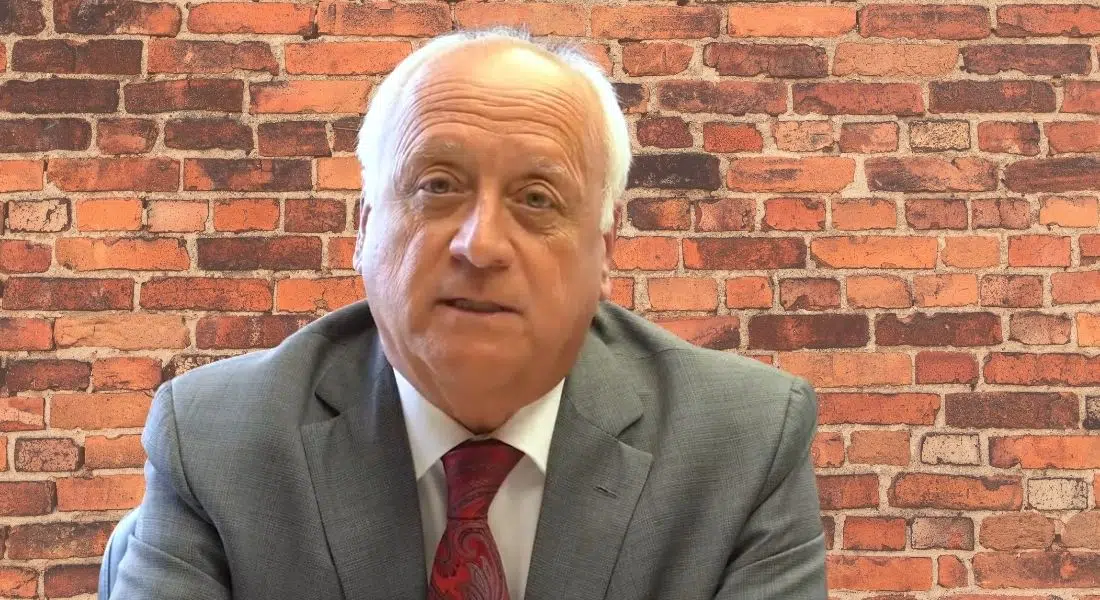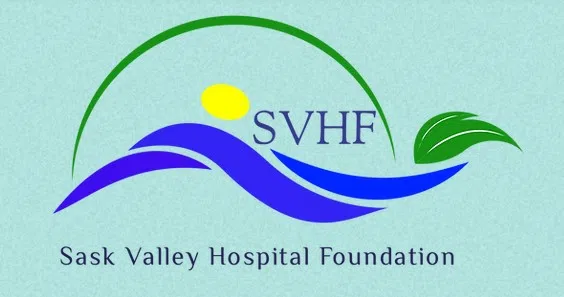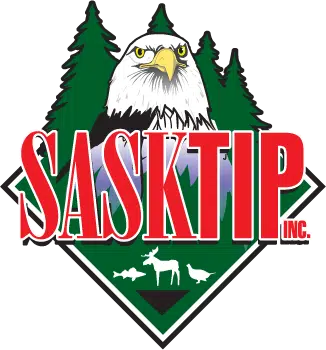
There is a 19.5 per cent increase in agricultural spending—with a good chunk of those additional dollars going to fund crop insurance.
Rising grain and oilseed prices have resulted in improved coverage as well as higher premiums for both the producer and the government. Saskatchewan’s share works out to an additional $70 million with more than $250 million budgeted for Crop Insurance in the 2022-23 budget.
A record amount will be spent on agricultural research at $33.8 million, including $2 million for the Global Institute for Food Security at the University of Saskatchewan.
“How we communicate the agriculture sector’s contributions to improving environmental outcomes, that’s what it’s really about,” said David Marit, provincial agriculture minister. “We have to tell the story the right way and we need the science behind it. We need someone like the Global Institute for Food Security that has the reputation, not only in Canada but globally.”
Once again this year, $2.5 million will go towards irrigation development.
Effective April 1, a number of clarifications are being made to Provincial Sales Tax related to farming and agriculture activities, including a PST exemption for the on-farm digging of dugouts, among other activities.
The Agricultural Producers Association of Saskatchewan (APAS) is pleased with the budget.
“While the province continues to manage the debt after COVID-19, APAS remains appreciative of government programs geared towards helping agriculture thrive in Saskatchewan,” said Ian Boxall, APAS president. “Given the higher crop values and crop production costs, we are especially appreciative to see the increase in Crop Insurance coverage for 2022-23.”
Similar comments were made by the Saskatchewan Association of Rural Municipalities (SARM). President Ray Orb also mentioned the $22.5 million for the Rural Integrated Roads for Growth Program and creation of a Provincial Protective Services branch in an effort to reduce rural crime.




















